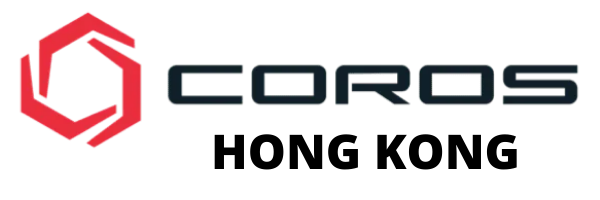“Race Within a Race” - FOUR-Time Moontrekker winner - Jeff Campbell share his tips.
Smashing-machine Jeff won numerous races and there is one race he kept coming back and grabbing the champion in different race distance. Today, we asked him to share tips of his winning after last weekend’s winning the 30K course. In this extended interview, he breaks down the course, the moments that matter, and the details that keep you moving through the night as you planned..

Jeff’s Moontrekker Record
Jeff has won Moontrekker four times across two formats. He took the Moonlit 30 title in 2025 and 2023, won Sunrise 40 in 2022 and 2024, and placed second in 2017.
These results span start times, weather, and field depth. Consistency across years signals not just fitness, but a system that travels: pacing discipline, gear choices that remove doubt, and an ability to switch from managing risk in the dark to racing for seconds on The Great Ascent.


Course Intelligence: Where Moontrekker Gets Hard
“The South Lantau Trail section is quite twisty and rocky, which makes it hard to get into a good rhythm. The fact that this part is mid-race and at night makes it susceptible to ankle rolls or falls if you lose your focus. The descent down Lantau Peak is also quite technical and can be challenging with tired legs.”
South Lantau compresses two problems into one: irregular cadence and low visibility. At night, your world narrows to a beam. What you lose in peripheral feedback you must replace with deliberate foot placement. The trail rewards compact strides, active toes, and patient timing on rocks. Runners who rush the easy meters often pay for it with missteps.
The Lantau Peak descent is the second trap. Tired quads meet technical steps. Momentum helps but only if you own the posture. Save enough strength to land softly, maintain posture. This is where “not losing time” matters as much as “making time.”

The Great Ascent: When the Race Turns into a Chase
“For me, I always get a big boost when I start the ascent up Lantau Peak. It’s the biggest and last climb of the race. Moontrekker has a special timing segment called The Great Ascent for this section, so it’s a ‘race within a race’ to see who can complete the climb the fastest.”
The Great Ascent reframes the race planning. You’re not just surviving to end point—you’re time‑trialing a climb with its own leaderboard. Mentally, this is powerful. You focus on a singular task: efficient uphill movement under pressure, using this segment to channel your energy productively.
Heart Rate: Holding "All Day Pace"
"I'd say around 150 is my 'all day pace' HR for longer races. There are a lot of variables that can affect HR, so I mostly focus on avoiding any unnecessary heart rate spikes, particularly in the early stages of a race."
Heat, stress, and terrain will bend the number, but the principle holds: guard against spikes early.
COROS watches provide real-time heart rate monitoring and zones to help you maintain your target pace throughout the race. Learn how to read and use your heart rate data effectively in our deep dive.

Night Racing Essentials
“Moontrekker is a night race, so having a reliable head torch plus a backup one is important. I recommend doing some training runs at night, as running the trails with a torch at night can feel quite different from daytime running. Also, I’d avoid having a big dinner before the race. I normally have something very light 3–4 hours before the start, and then stick to gels and fluids during the race.”
Night training is a skill. Your equipment and your tactics must harmonize. Practice downhill under light to train depth perception and braking confidence. Test your nutrition plan at least 7–10 days before race day. Your body's response to gels, fluids, and caffeine under effort is highly individual. Use training runs to identify what works, when to take it, and how your stomach reacts at race intensity.
Test and finalize your equipment and nutrition plan before the race. Race night is not for experiments.
Foot Care That Scales Over Hours
"I lubricate my toes before races and try to ensure my shoes have a secure fit. I rarely have blisters anymore, but I think the occasional black toenail is inevitable if you race a lot."
Friction is the silent DNF. Prevention beats cure:
Pre‑lube toes and high‑contact zones. Re‑apply only if you know your skin tolerates it mid‑race.
Shoe fit: secure midfoot and heel, room up front for descents. Lock laces without over‑tightening.
Track your shoe mileage with the COROS app to replace them before they lose support.
Final Thoughts: Systems Over Moments
Jeff's four Moontrekker wins came from refining a system: knowing where to hold back, where to push, and where small mistakes compound. The principles are simple—manage effort early, respect technical terrain, fuel consistently, protect your feet, and train in the dark.
If you're racing Moontrekker, dial in the controllables: test your gear, practice your nutrition, and run technical descents at night. Build the habits that remove doubt when it gets hard.
And remember—Moontrekker isn't just about the race. Enjoy the journey, soak in the night, and celebrate with the community when you're done.
